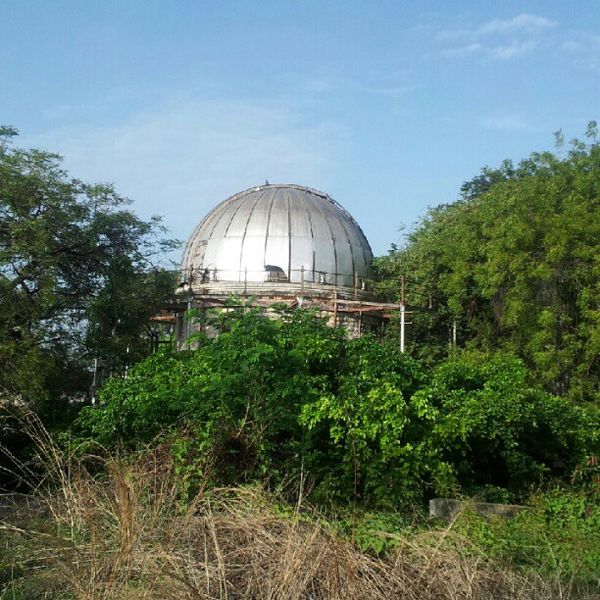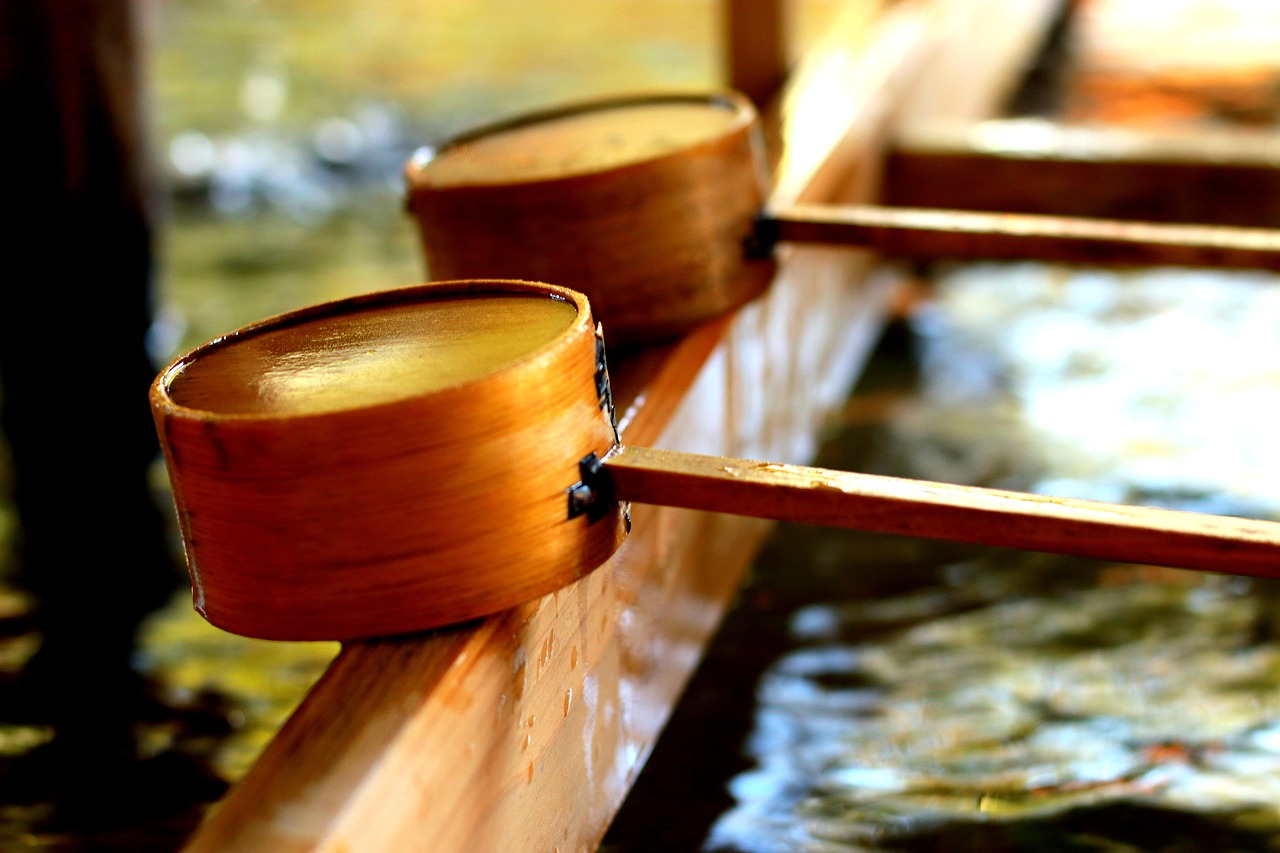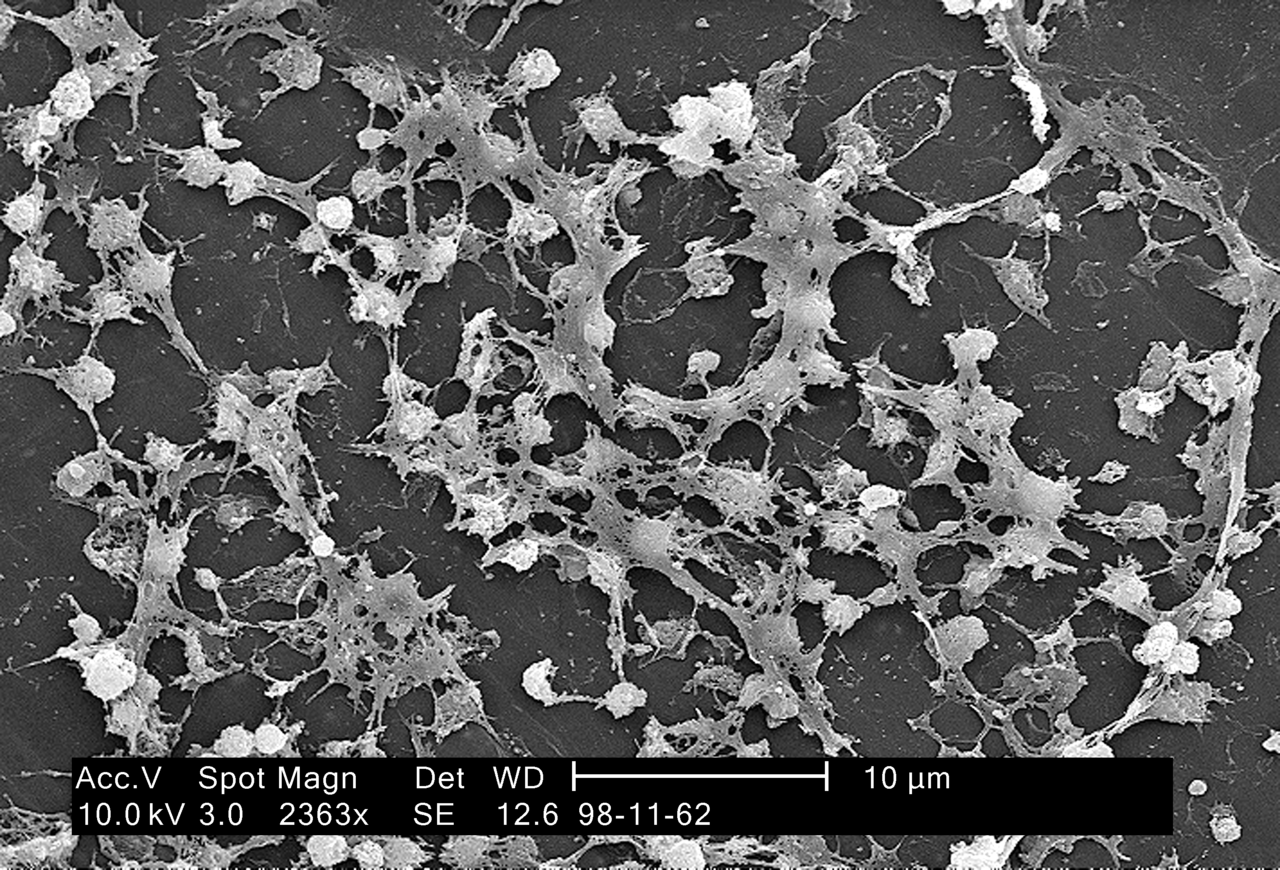The city of Hyderabad is famous for its historical monuments like Charminar and cuisine like biryani, but few would know that it has been the cradle of modern astronomy in India.
The city was the location of one of the earliest modern astronomical observatories established in India in an early twentieth century. The city-based Osmania University was the first educational institution in the country to start teaching astronomy and astrophysics at postgraduate and research levels. The first generation of Indian astronomers cut their teeth into the subject in Hyderabad, which was also the birthplace of the Astronomical Society of India (ASI) in 1972.
The Nizamiah Observatory was established in 1908 by the Nizam’s government with instruments donated by one of the leading nobles, Nawab Jafar Jung who was also an amateur astronomer. The instruments included an eight-inch astrograph and 15-inch refractor. One of the landmark contributions of the observatory has been the publication of 13 volumes of the Astrographic Catalogue of the Hyderabad zones of the sky.

After the establishment of Osmania University in 1917, the observatory became a part of the university. This laid the foundation of astronomy education in India.
The formal teaching of astronomy at Osmania University began with the setting up of the Department of Astronomy in 1959, while astronomy teaching at post-graduate level was introduced in 1960 -61. The department was recognized as the Centre of Advanced Study in Astronomy by the University Grants Commission in 1964. The department has produced more than 500 M.Sc. students and produced close to 50 doctorates. Many of them have become astronomers in India and abroad.
“I was among the first batch of postgraduates in astronomy from this department, and soon after I passed out I was offered the job of a lecturer. I joined here though I had job offers from the two other two Indian observatories – Kodaikanal and Nanital – too,” recalled Sarma Modali, who later shifted America for Ph.D. and worked with NASA and NOAA there, while speaking to India Science Wire.
The university telescope at Rangapur has been used for the study of binary stars, black holes, neutron stars, white dwarfs, active galactic nuclei, peculiar stars, pulsating stars, galactic clusters. In addition, a 10 – feet radio telescope was installed at Japal-Rangapur Observatory in 1980 for conducting research on the sun.
The ASI, which is holding its annual meeting at Osmania University this week, has a special connection with the city. Prof Vainu Bappu, the famous astronomer from Hyderabad, was the President of the society, Prof U. R. Rao, who later became the Chairperson of ISRO, was the Vice-President, and Prof. KD Abhyankar, who was the first head of the department and director of the university observatory, was the secretary of ASI. (India Science Wire)
By Dinesh C Sharma



